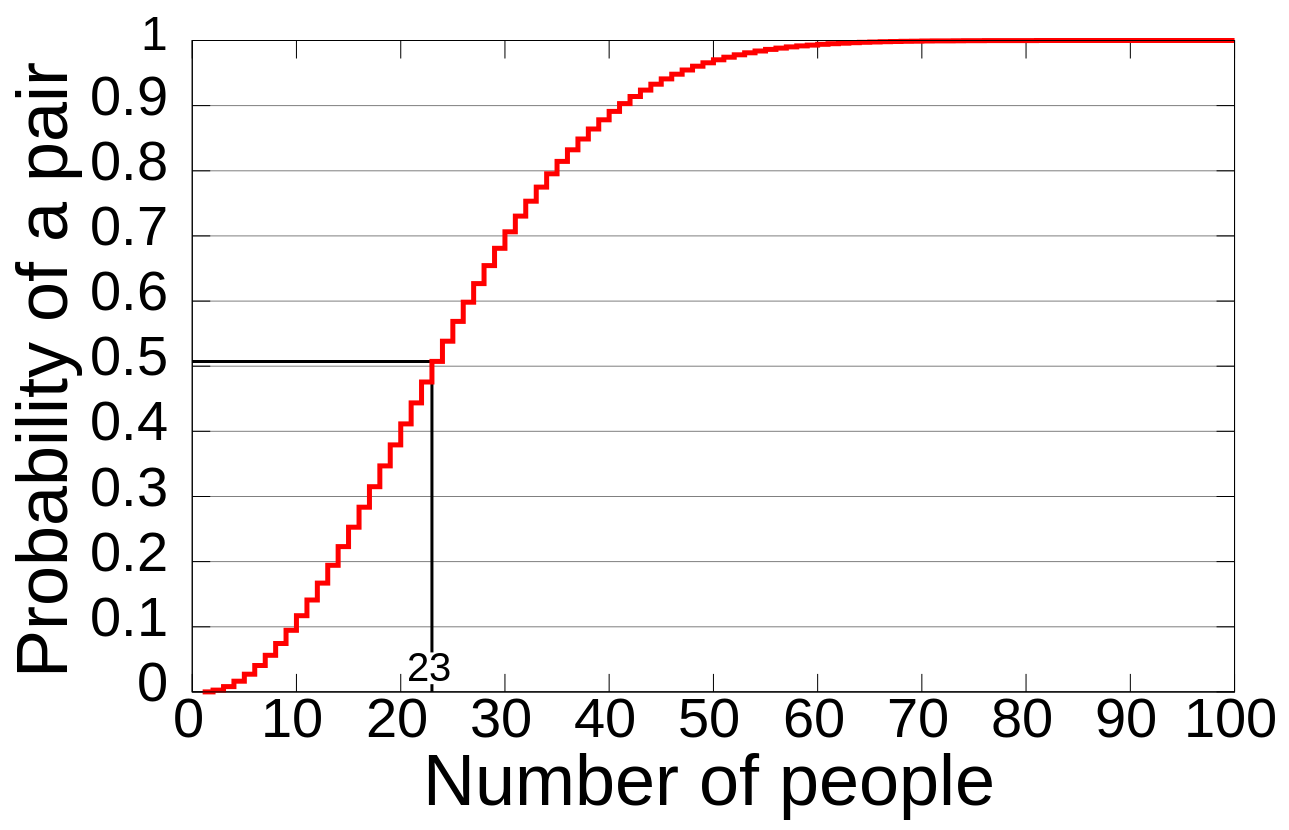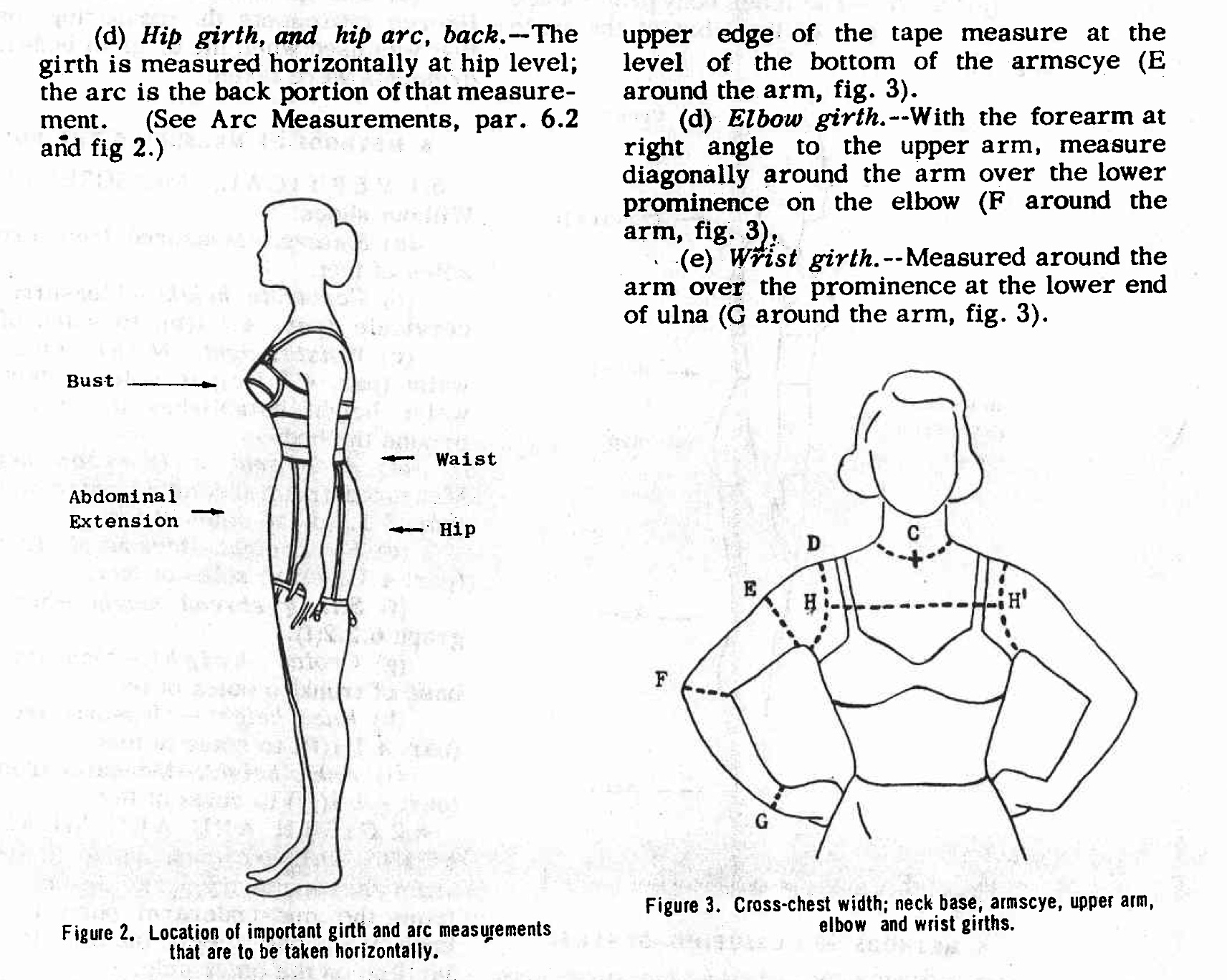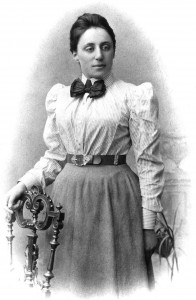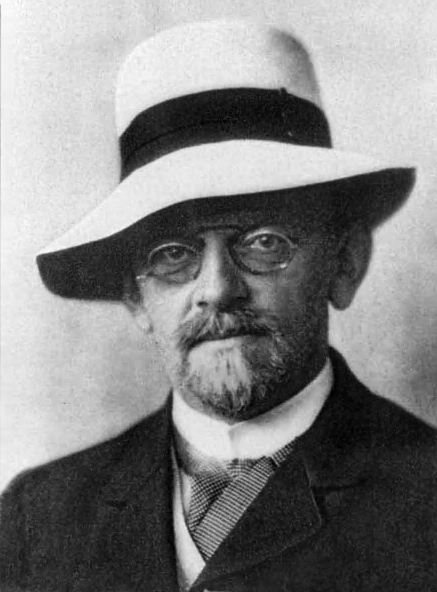In his science column for the NYT George Johnson reviews several recent books by noted thinkers who for different reasons believe science needs to expand its borders. Philosopher Thomas Nagel and physicist Max Tegmark both agree that our current understanding of the universe is rather limited and that science needs to turn to new or alternate explanations. Nagel, still an atheist, suggests in his book Mind and Cosmos that the mind somehow needs to be considered a fundamental structure of the universe. While Tegmark in his book Our Mathematical Universe: My Quest for the Ultimate Nature of Reality suggests that mathematics is the core, irreducible framework of the cosmos. Two radically different ideas — yet both are correct in one respect: we still know so very little about ourselves and our surroundings.
From the NYT:
Though he probably didn’t intend anything so jarring, Nicolaus Copernicus, in a 16th-century treatise, gave rise to the idea that human beings do not occupy a special place in the heavens. Nearly 500 years after replacing the Earth with the sun as the center of the cosmic swirl, we’ve come to see ourselves as just another species on a planet orbiting a star in the boondocks of a galaxy in the universe we call home. And this may be just one of many universes — what cosmologists, some more skeptically than others, have named the multiverse.
Despite the long string of demotions, we remain confident, out here on the edge of nowhere, that our band of primates has what it takes to figure out the cosmos — what the writer Timothy Ferris called “the whole shebang.” New particles may yet be discovered, and even new laws. But it is almost taken for granted that everything from physics to biology, including the mind, ultimately comes down to four fundamental concepts: matter and energy interacting in an arena of space and time.
There are skeptics who suspect we may be missing a crucial piece of the puzzle. Recently, I’ve been struck by two books exploring that possibility in very different ways. There is no reason why, in this particular century, Homo sapiens should have gathered all the pieces needed for a theory of everything. In displacing humanity from a privileged position, the Copernican principle applies not just to where we are in space but to when we are in time.
Since it was published in 2012, “Mind and Cosmos,” by the philosopher Thomas Nagel, is the book that has caused the most consternation. With his taunting subtitle — “Why the Materialist Neo-Darwinian Conception of Nature Is Almost Certainly False” — Dr. Nagel was rejecting the idea that there was nothing more to the universe than matter and physical forces. He also doubted that the laws of evolution, as currently conceived, could have produced something as remarkable as sentient life. That idea borders on anathema, and the book quickly met with a blistering counterattack. Steven Pinker, a Harvard psychologist, denounced it as “the shoddy reasoning of a once-great thinker.”
What makes “Mind and Cosmos” worth reading is that Dr. Nagel is an atheist, who rejects the creationist idea of an intelligent designer. The answers, he believes, may still be found through science, but only by expanding it further than it may be willing to go.
“Humans are addicted to the hope for a final reckoning,” he wrote, “but intellectual humility requires that we resist the temptation to assume that the tools of the kind we now have are in principle sufficient to understand the universe as a whole.”
Dr. Nagel finds it astonishing that the human brain — this biological organ that evolved on the third rock from the sun — has developed a science and a mathematics so in tune with the cosmos that it can predict and explain so many things.
Neuroscientists assume that these mental powers somehow emerge from the electrical signaling of neurons — the circuitry of the brain. But no one has come close to explaining how that occurs.
Continue reading the main story Continue reading the main story
Continue reading the main story
That, Dr. Nagel proposes, might require another revolution: showing that mind, along with matter and energy, is “a fundamental principle of nature” — and that we live in a universe primed “to generate beings capable of comprehending it.” Rather than being a blind series of random mutations and adaptations, evolution would have a direction, maybe even a purpose.
“Above all,” he wrote, “I would like to extend the boundaries of what is not regarded as unthinkable, in light of how little we really understand about the world.”
Dr. Nagel is not alone in entertaining such ideas. While rejecting anything mystical, the biologist Stuart Kauffman has suggested that Darwinian theory must somehow be expanded to explain the emergence of complex, intelligent creatures. And David J. Chalmers, a philosopher, has called on scientists to seriously consider “panpsychism” — the idea that some kind of consciousness, however rudimentary, pervades the stuff of the universe.
Some of this is a matter of scientific taste. It can be just as exhilarating, as Stephen Jay Gould proposed in “Wonderful Life,” to consider the conscious mind as simply a fluke, no more inevitable than the human appendix or a starfish’s five legs. But it doesn’t seem so crazy to consider alternate explanations.
Heading off in another direction, a new book by the physicist Max Tegmark suggests that a different ingredient — mathematics — needs to be admitted into science as one of nature’s irreducible parts. In fact, he believes, it may be the most fundamental of all.
In a well-known 1960 essay, the physicist Eugene Wigner marveled at “the unreasonable effectiveness of mathematics” in explaining the world. It is “something bordering on the mysterious,” he wrote, for which “there is no rational explanation.”
The best he could offer was that mathematics is “a wonderful gift which we neither understand nor deserve.”
Dr. Tegmark, in his new book, “Our Mathematical Universe: My Quest for the Ultimate Nature of Reality,” turns the idea on its head: The reason mathematics serves as such a forceful tool is that the universe is a mathematical structure. Going beyond Pythagoras and Plato, he sets out to show how matter, energy, space and time might emerge from numbers.
Read the entire article here.






 With the election in the United States now decided, the dissection of the result is well underway. And, perhaps the biggest winner of all is the science of big data. Yes, mathematical analysis of vast quantities of demographic and polling data won over the voodoo proclamations and gut felt predictions of the punditocracy. Now, that’s a result truly worth celebrating.
With the election in the United States now decided, the dissection of the result is well underway. And, perhaps the biggest winner of all is the science of big data. Yes, mathematical analysis of vast quantities of demographic and polling data won over the voodoo proclamations and gut felt predictions of the punditocracy. Now, that’s a result truly worth celebrating. As children we all learn our abc’s; as adults very few ponder the ABC Conjecture in mathematics. The first is often a simple task of rote memorization; the second is a troublesome mathematical problem with a fiendishly complex solution (maybe).
As children we all learn our abc’s; as adults very few ponder the ABC Conjecture in mathematics. The first is often a simple task of rote memorization; the second is a troublesome mathematical problem with a fiendishly complex solution (maybe). Many mathematicians and those not mathematically oriented would consider Albert Einstein’s equation stating energy=mass equivalence to be singularly simple and beautiful. Indeed, e=mc2 is perhaps one of the few equations to have entered the general public consciousness. However, there are a number of other less well known mathematical constructs that convey this level of significance and fundamental beauty as well. Wired lists several to consider.
Many mathematicians and those not mathematically oriented would consider Albert Einstein’s equation stating energy=mass equivalence to be singularly simple and beautiful. Indeed, e=mc2 is perhaps one of the few equations to have entered the general public consciousness. However, there are a number of other less well known mathematical constructs that convey this level of significance and fundamental beauty as well. Wired lists several to consider. [div class=attrib]From the New Scientist:[end-div]
[div class=attrib]From the New Scientist:[end-div] Editor’s Note: We are republishing this article by Paul Dirac from the May 1963 issue of Scientific American, as it might be of interest to listeners to the June 24, 2010, and June 25, 2010 Science Talk podcasts, featuring award-winning writer and physicist Graham Farmelo discussing The Strangest Man, his biography of the Nobel Prize-winning British theoretical physicist.
Editor’s Note: We are republishing this article by Paul Dirac from the May 1963 issue of Scientific American, as it might be of interest to listeners to the June 24, 2010, and June 25, 2010 Science Talk podcasts, featuring award-winning writer and physicist Graham Farmelo discussing The Strangest Man, his biography of the Nobel Prize-winning British theoretical physicist. We have, then, the development from the three-dimensional picture of the world to the four-dimensional picture. The reader will probably not be happy with this situation, because the world still appears three-dimensional to his consciousness. How can one bring this appearance into the four-dimensional picture that Einstein requires the physicist to have?
We have, then, the development from the three-dimensional picture of the world to the four-dimensional picture. The reader will probably not be happy with this situation, because the world still appears three-dimensional to his consciousness. How can one bring this appearance into the four-dimensional picture that Einstein requires the physicist to have?